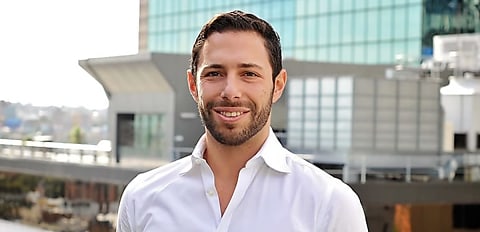Several aggregators and broker groups have mortgagor trends following the Reserve Bank of Australia’s multiple cash rate hikes.
On Tuesday (6 September), the RBA announced its fifth increase to the cash rate in as many months — taking the official interest rate to 2.35 per cent. This marked the highest interest rate since April 2015.
Given the rising rate environment — the first shift in cycle experienced in more than 11 years — many borrowers have begun reviewing and refinancing their home loans.
Between the Reserve Bank of Australia (RBA) announcing the first cash rate rise in May 2022 and the end of August, mortgage platform Lendi has reportedly seen a 15 per cent increase in borrowers opening accounts on its platform (which enables them to compare mortgages).
It noted that this came as households revised their options and seek mortgage relief.
Additionally, Mortgage Choice data has revealed that demand for refinancing remains high, with 41 per cent of borrowers switching lenders during August.
When looking at all loans submitted by its brokers across the nation over August 2022, it found that demand for fixed rates had fallen to a new low, with only 3 per cent of borrowers opting to fix part or all of their loan in August.
Similarly, recent research from Aussie Home Loans (Aussie), showed that a significant number of Australian mortgage holders are “waiting, watching and hurtling” towards mortgage “anxiety”.
Reportedly, more than 30 per cent admitted that avoiding a default on their home loan is now “a major consideration”.
Its research also revealed that while anxiety was rising, three in four (75 per cent) mortgage holders are uncertain how the RBA cash rate rise will impact their household budget.
Along with this, 28 per cent did not consider the cash rate increasing when budgeting for their households, while 38 per cent only budgeted for the impact of a cash rate 3 per cent or under.
Lendi chief executive David Hyman said: “Homeowners with mortgages in NSW (41 per cent) are feeling the strain the most, followed by Victorians (32 per cent), Queenslanders (28 per cent) and South [Australians] (26 per cent) — all reporting they are still ‘constantly’ concerned about the increases.”
Mr Hyman cautioned that while mortgage activity is increasing, a “considerable proportion” of home owners have remained passive around reviewing their mortgage, which could “cost them thousands” should further increases happen.
He estimated that Sydneysiders, who are continuing to remain the most worried about their mortgage, could be avoiding upwards of $140,000 of extra repayments over the life of their loan — essentially wiping out continued rate hikes — if they reviewed their loan options.
Lendi data revealed last month that the “loyalty tax” caused by banks not actively reducing loan rates meant that they were charging new customers rates that were 86 bps lower than those charged to existing customers. It found that the big four were found to be charging new customers around 91 bps less than existing borrowers.
Mr Hyman stated Australians who have already challenged their lender loyalty have made “significant savings by doing so”.
“We want Australians to know there are options out there to help aid their cost-of-living pressures and that can begin for a household by acting now,” Mr Hyman stated.
[RELATED: Rates up to 91 bps higher for existing borrowers: Lendi]

